CS 194: Project 1
Images of the Russian Empire: Colorizing the Prokudin-Gorskii Photo Collection
Background:
A long, long, time ago... a man ahead of his time, Sergei Mikhailovich Prokudin-Gorskii traveled throughout Russia and photographed everything he saw: people, buidings, landscapes, literally everything. You may be asking, but why? Prokudin-Gorskii was convinced that color photography was the future, and he wanted to ensure that Russian children would be able to witness their nation in color. To accomplish this, he took 3 photos of everything he saw: one with a red filter, one with green and the last with blue. These glass negatives, when properly aligned would yield a colorized image!
Project Overview:
Our objective for this project was to do exactly what Prokudin-Gorskii envisioned: aligning the 3 color channels to convert a grayscale image to a colored one. Before doing any sort of image processing, there was a setup procedure which entailed reading in the desired jpg/tif file and dividing it into three parts for the three channels: B, G and R. Once this has been done, we now need to actually align these channels. To do so, we used two different methods:
Exhaustive Search
This is the naive method for aligning images: given the 3 color channels, you choose one channel as the base channel, align the other channels to this one by searching across a displacement window (such as [-15, 15]) and using some sort of scoring metric (such as Normalized Cross-Correlation (NCC) or Sum of Squared Differences (SSD)) to assign each displacement a score.My Algorithm:
I initially chose Blue as my base channel and attempted to align Green and Red to it. However, after testing alignments on other base channels, I realized that choosing Green as the base channel actually worked the best, so that's the base channel that I chose to move forward with for the rest of the project. To align one channel (c0) to another (c1), I iterated over a displacement window of [-15, 15] in both the x and y axes and used np.roll() on c0 to test various displacement vectors, choosing the one with the highest NCC. This approach worked well on the .jpg files, this is because these images are not very large and therefore this naive implementation will run fairly quickly.Results:
Cathedral
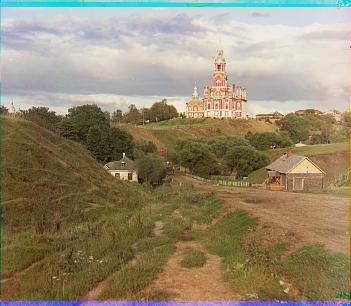 Displacement Vectors: Red = (1, 7) & Blue = (-2, -5)
Displacement Vectors: Red = (1, 7) & Blue = (-2, -5)
Monastery
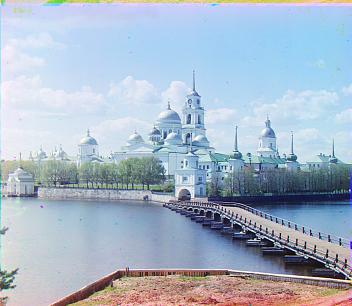 Displacement Vectors: Red = (1, 6) & Blue = (-2, 3)
Displacement Vectors: Red = (1, 6) & Blue = (-2, 3)
Tobolsk
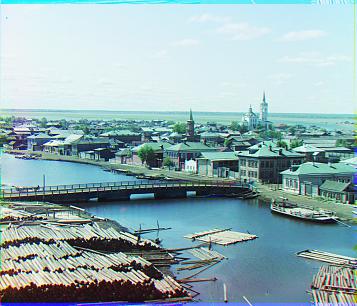 Displacement Vectors: Red = (1, 4) & Blue = (-3, -3)
Displacement Vectors: Red = (1, 4) & Blue = (-3, -3)
Image Pyramid Search
This is a more advanced algorithm, one used on more higher-resolution inputs (like the .tif files). In this case, we leverage an image pyramid to quickly calculate the displacement vectors. An image pyramid represents the image at multiple scales (usually scaled by a factor of 2) and the processing is done sequentially starting from the coarsest scale (smallest image) and going down the pyramid, updating the estimate of the displacement vector as you go.My Algorithm:
I used a recursive structure to run my pyramid search, each recursive call rescaled the image by 1/2 and doubled the displacement window. The bottom of the recursive stack was when the image was either less than 400 x 400 pixels (roughly the size of the JPG input images) or when it's shrunk down to 1/32 the original. At this point, align() was called on the red and blue channels (just as before to find the best offset), with the expanded displacement window passed in as an argument. The returned value will contain the displacement vectors needed to align these channels to green. These displacement vectors will be passed up the stack, being multiplied by 2 at each level to account for the rescaled image size (with the displacement window being divided by 2). These offsets will be used as a starting point for exhaustive search on each level, with the returned vectors updating the offsets and repeating the process on the next highest level until we've reached the original image.Results:
Church
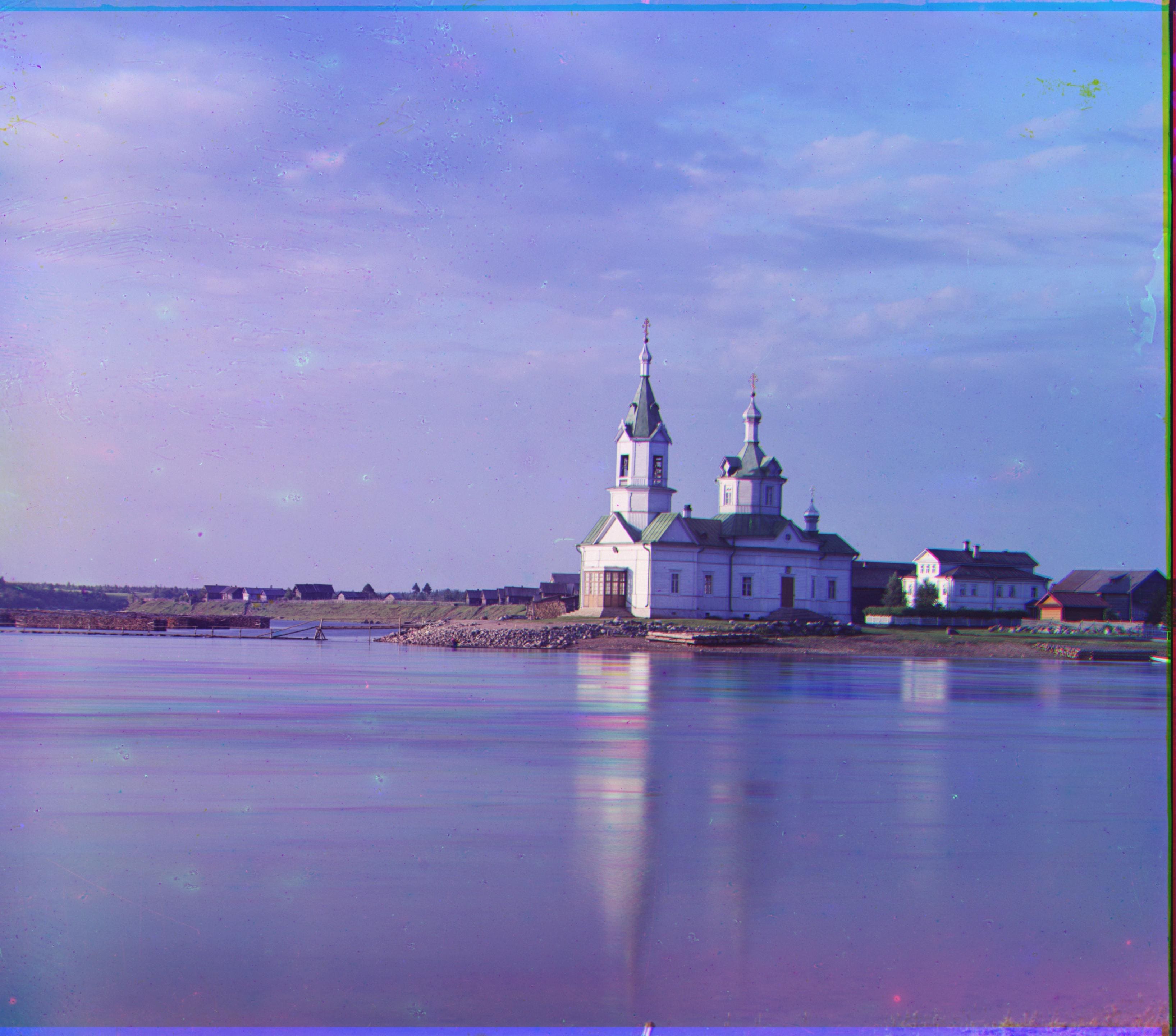 Displacement Vectors: Red = (-7, 31) & Blue = (-1, -25)
Displacement Vectors: Red = (-7, 31) & Blue = (-1, -25)
Emir
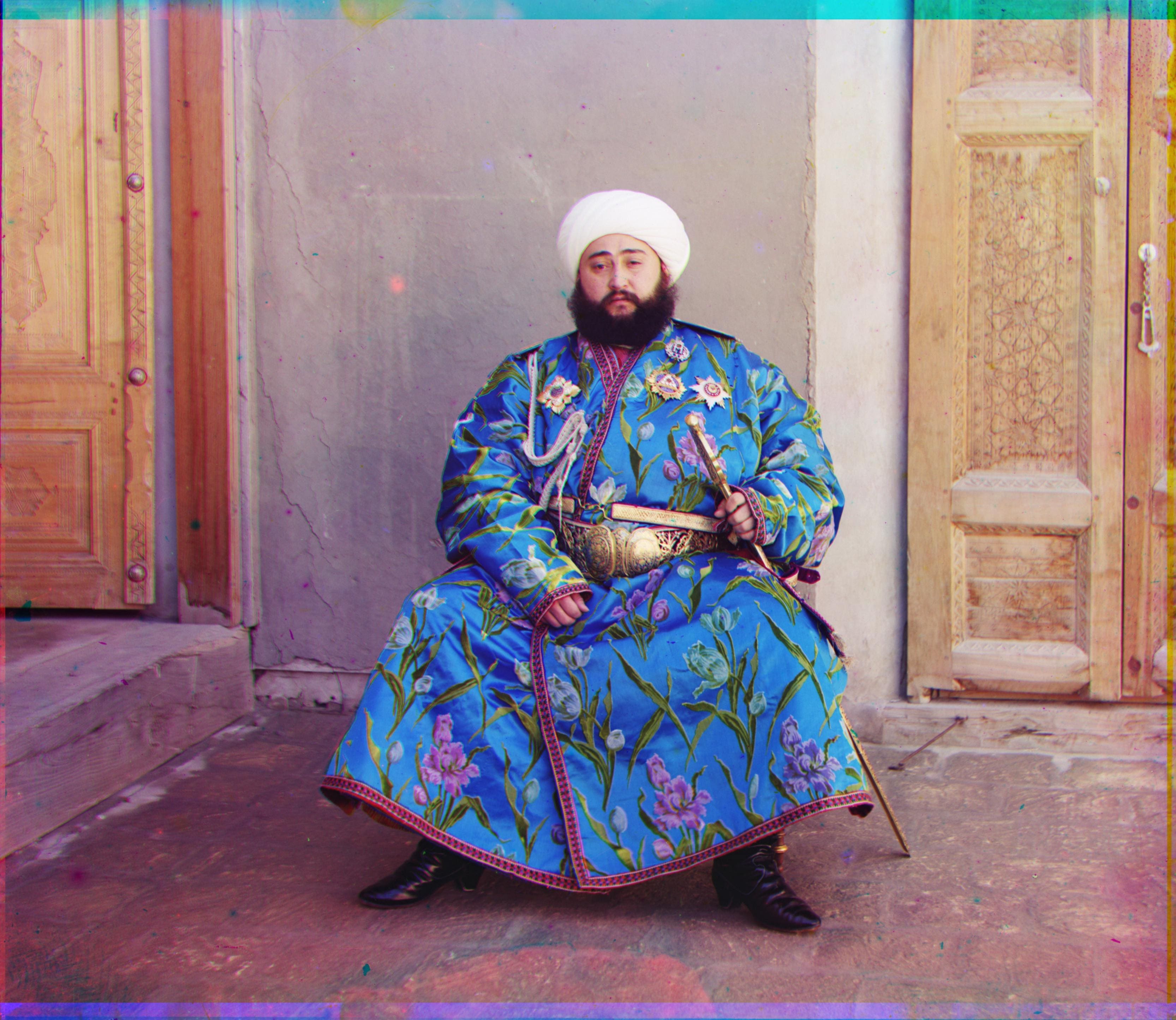 Displacement Vectors: Red = (15, 55) & Blue = (-25, -49)
Displacement Vectors: Red = (15, 55) & Blue = (-25, -49)
Harvesters
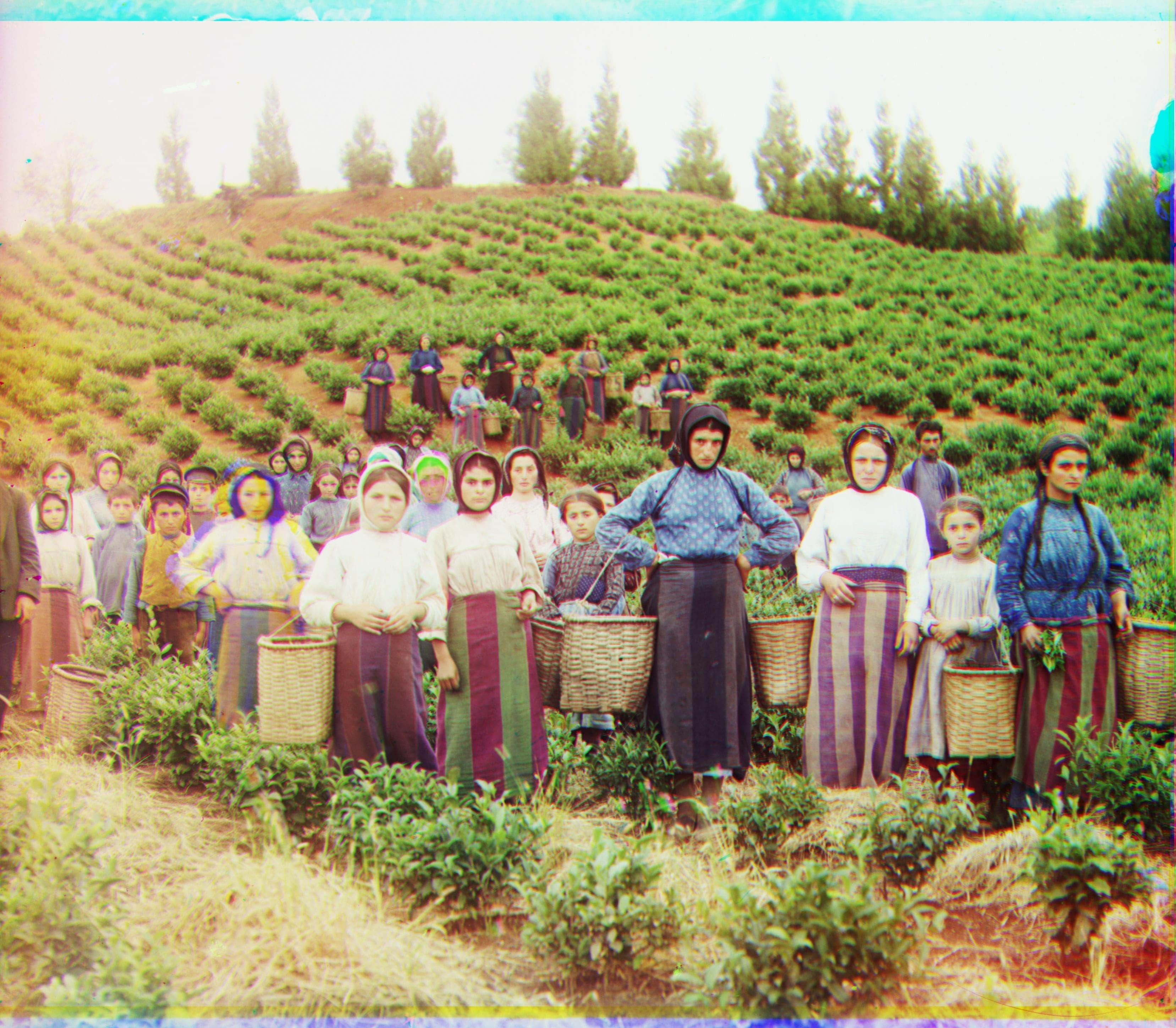 Displacement Vectors: Red = (-5, 59) & Blue = (-17, -61)
Displacement Vectors: Red = (-5, 59) & Blue = (-17, -61)
Icon
Lady
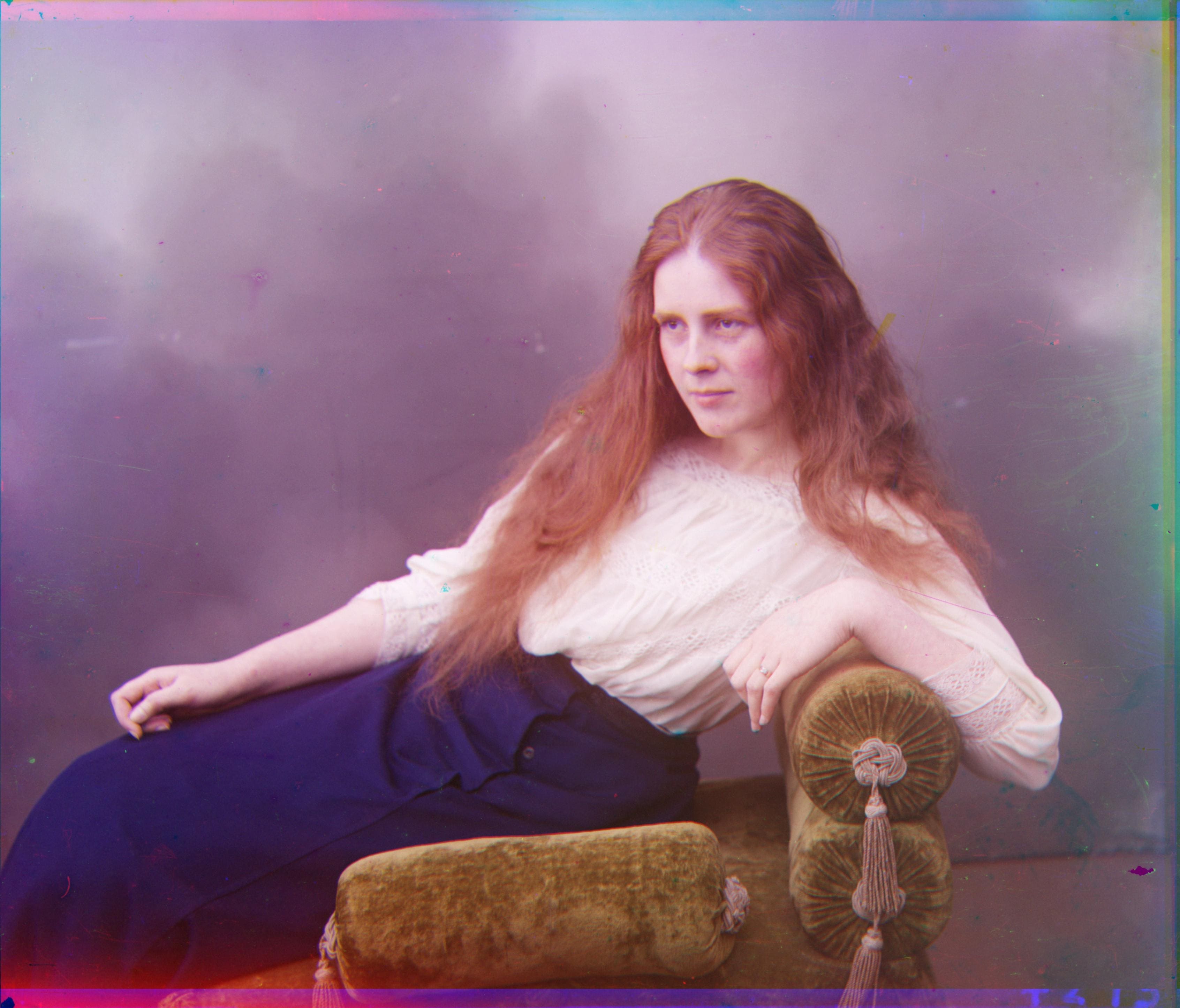 Displacement Vectors: Red = (3, 59) & Blue = (-9, -55)
Displacement Vectors: Red = (3, 59) & Blue = (-9, -55)
Melons
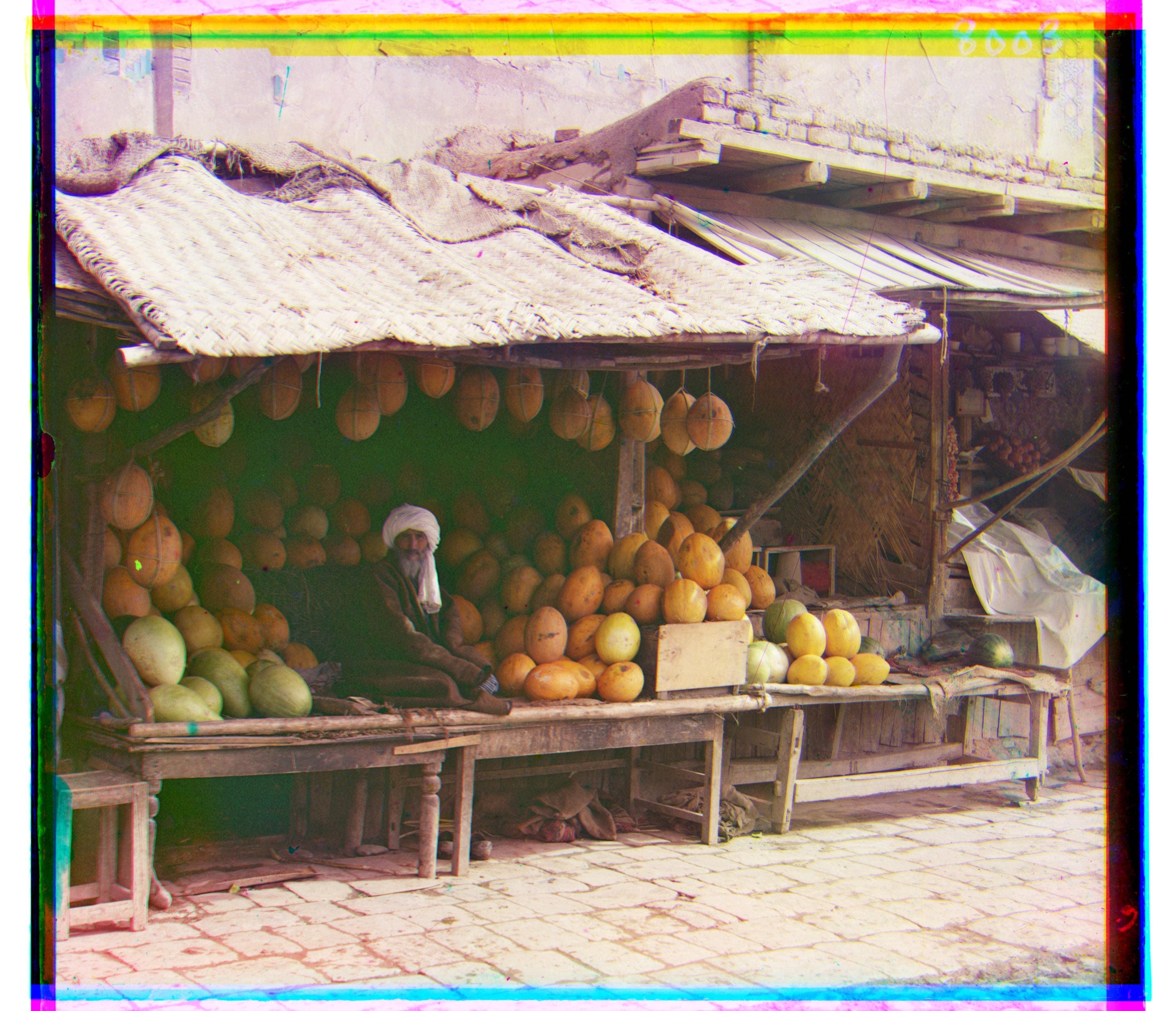 Displacement Vectors: Red = (1, 95) & Blue = (-5, -85)
Displacement Vectors: Red = (1, 95) & Blue = (-5, -85)
Onion Church
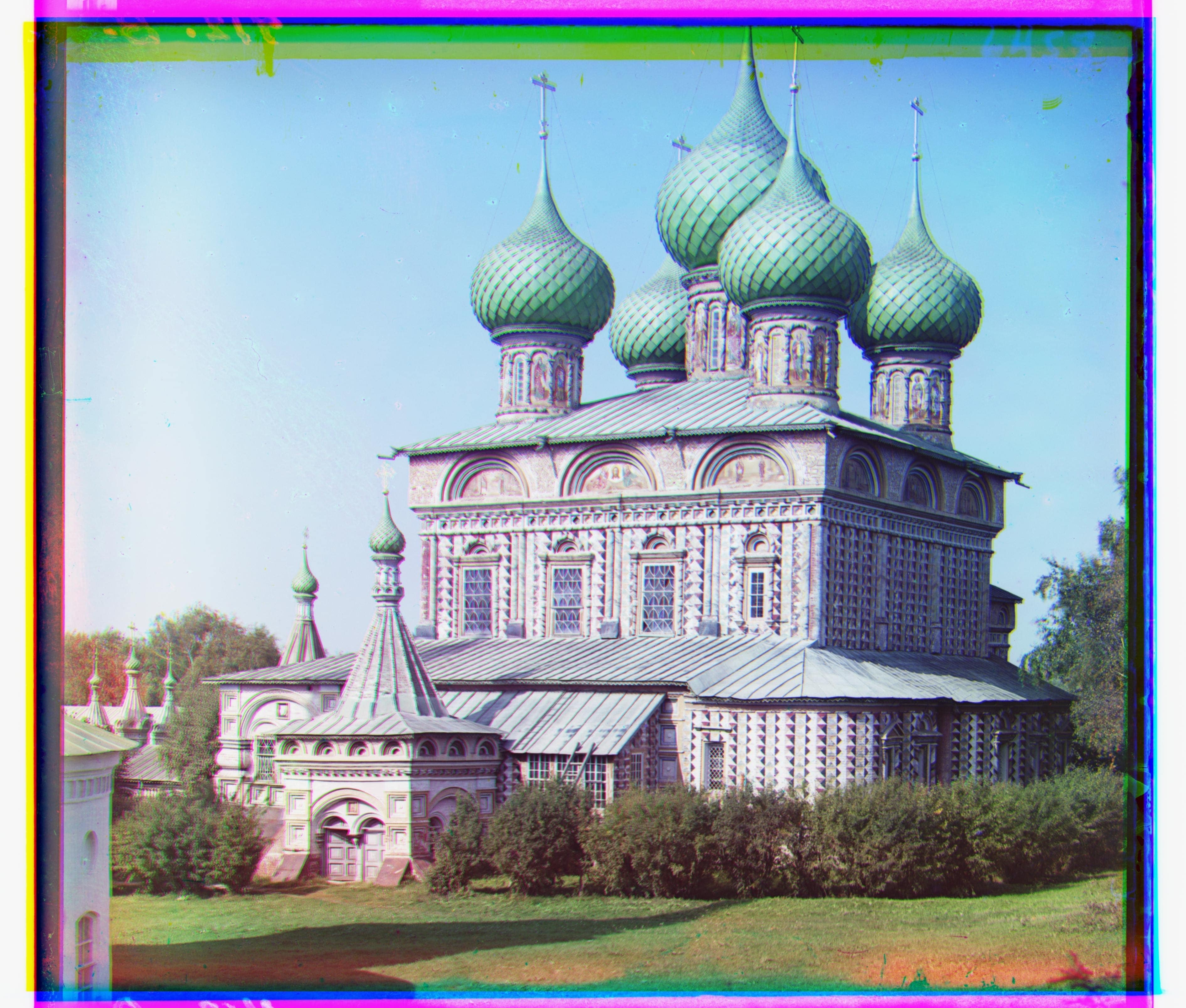 Displacement Vectors: Red = (7, 55) & Blue = (-25, -53)
Displacement Vectors: Red = (7, 55) & Blue = (-25, -53)
Self Portrait
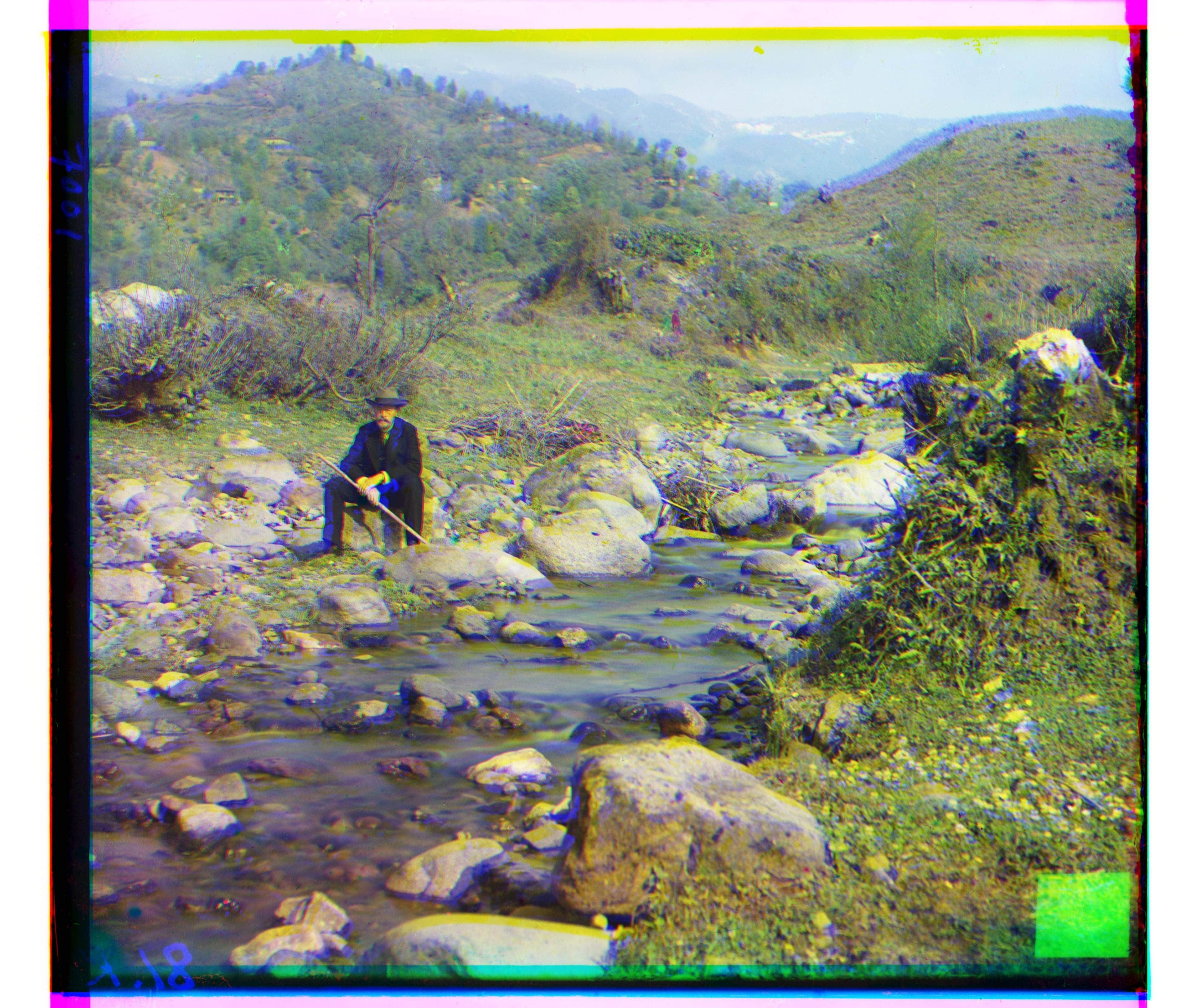 Displacement Vectors: Red = (3, 95) & Blue = (1, -51)
Displacement Vectors: Red = (3, 95) & Blue = (1, -51)
Three Generations
 Displacement Vectors: Red = (-3, 57) & Blue = (-13, -55)
Displacement Vectors: Red = (-3, 57) & Blue = (-13, -55)
Train
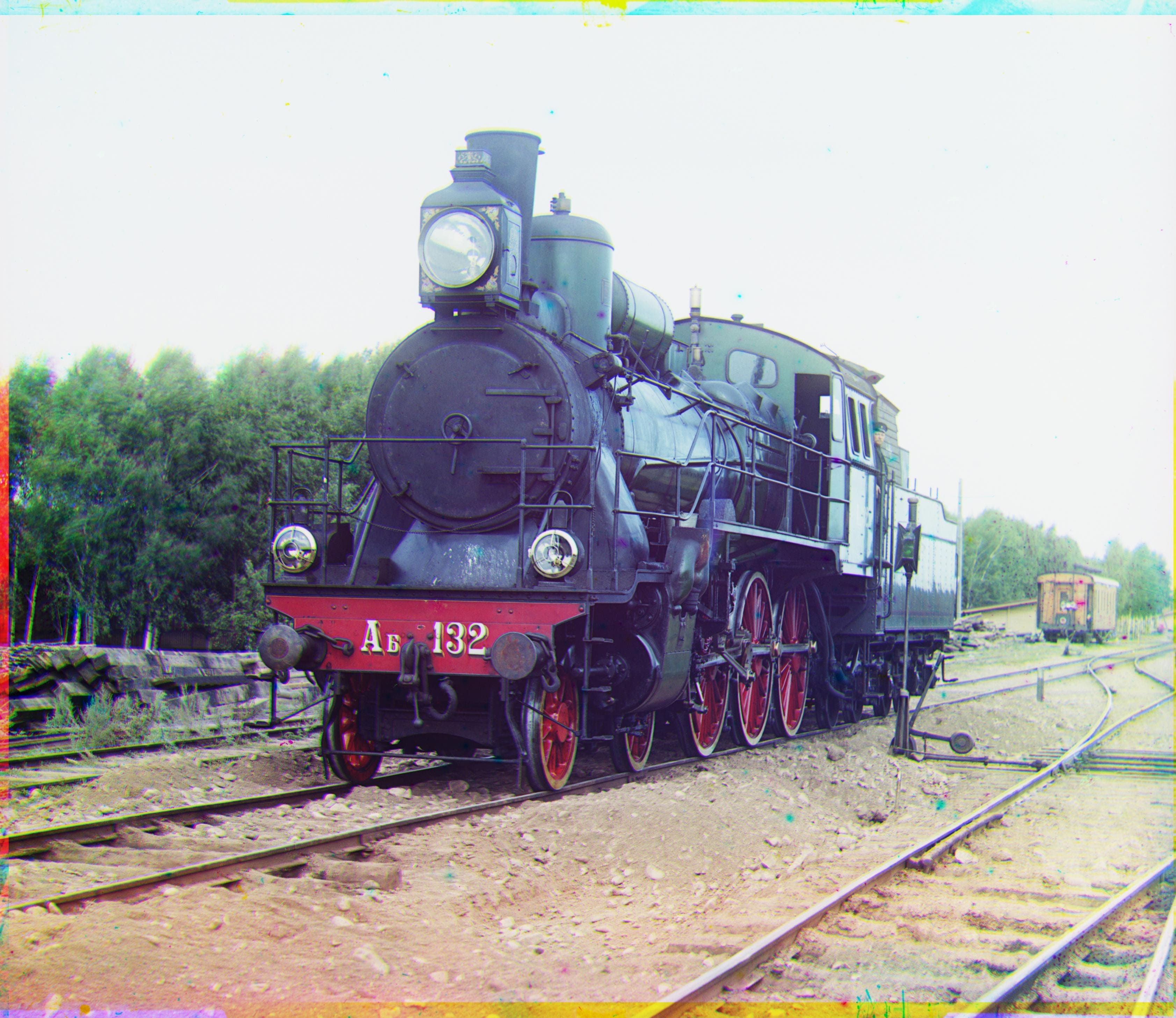 Displacement Vectors: Red = (25, 43) & Blue = (-7, -45)
Displacement Vectors: Red = (25, 43) & Blue = (-7, -45)
Workshop
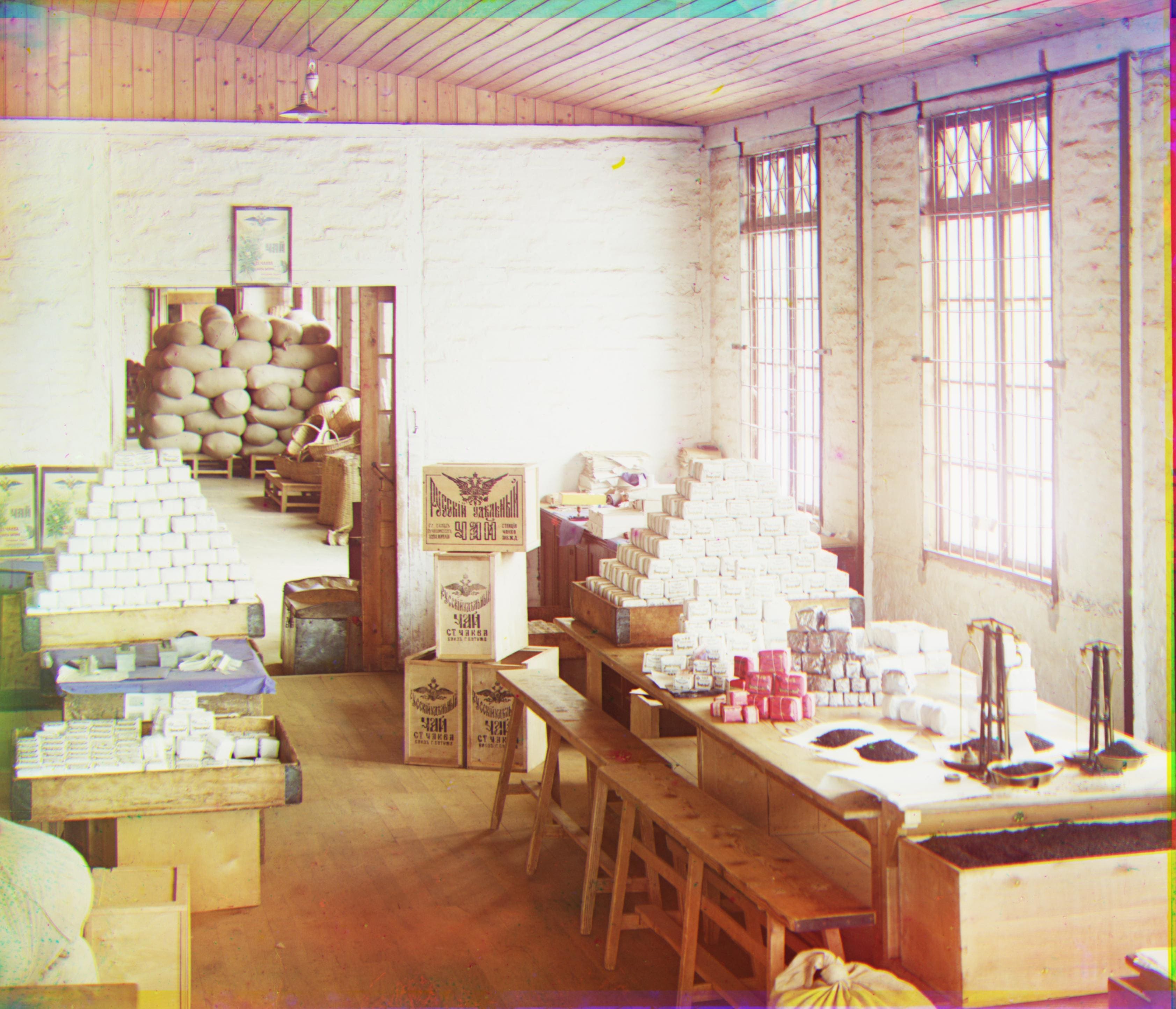 Displacement Vectors: Red = (-13, 51) & Blue = (-1, 53)
Displacement Vectors: Red = (-13, 51) & Blue = (-1, 53)
Custom Images from the Collection:
Stove
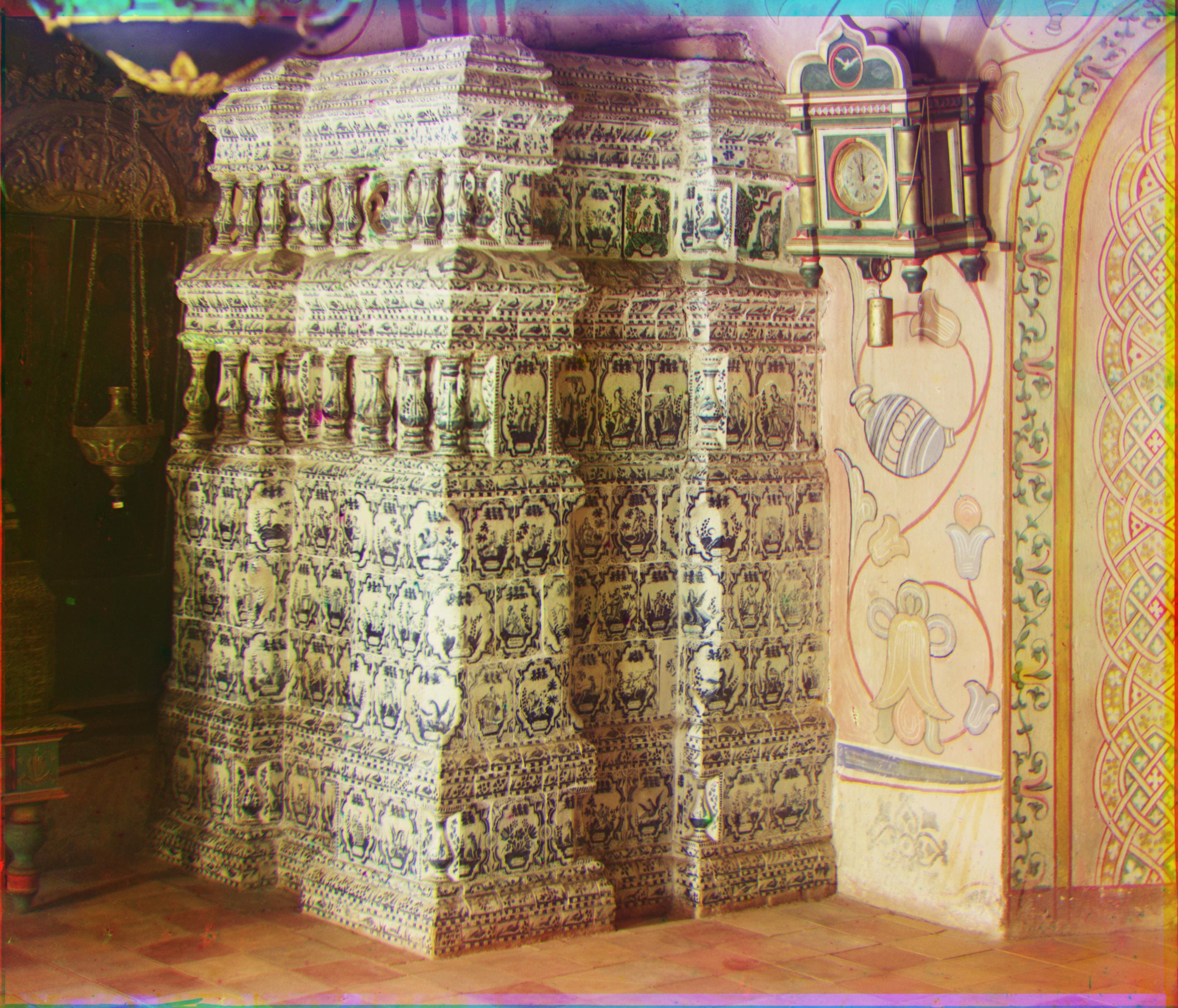 Displacement Vectors: Red = (15, 47) & Blue = (-33, -41)
Displacement Vectors: Red = (15, 47) & Blue = (-33, -41)
Dmitrievskii Cathedral
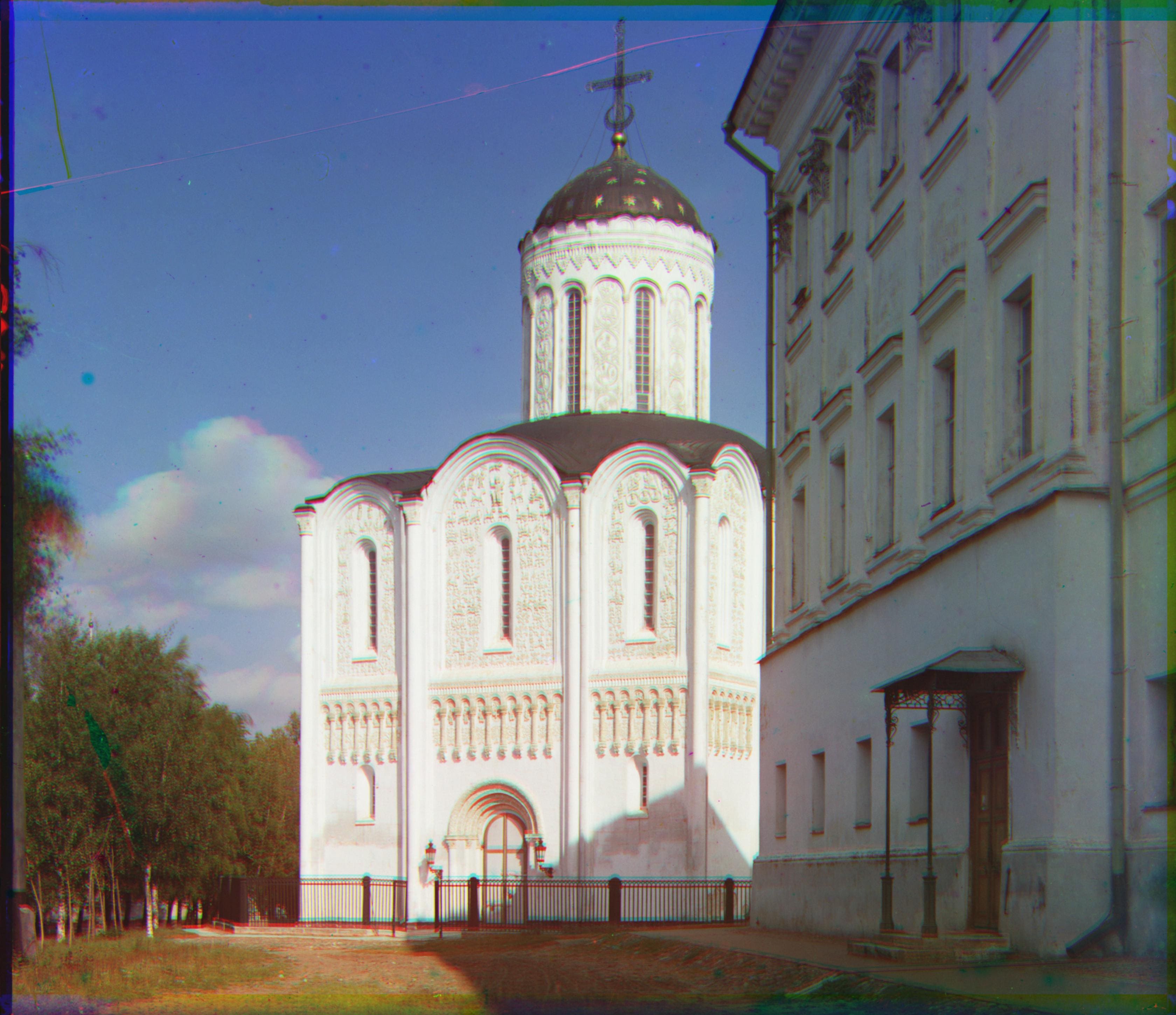 Displacement Vectors: Red = (3, 59) & Blue = (-25, -59)
Displacement Vectors: Red = (3, 59) & Blue = (-25, -59)
Stork
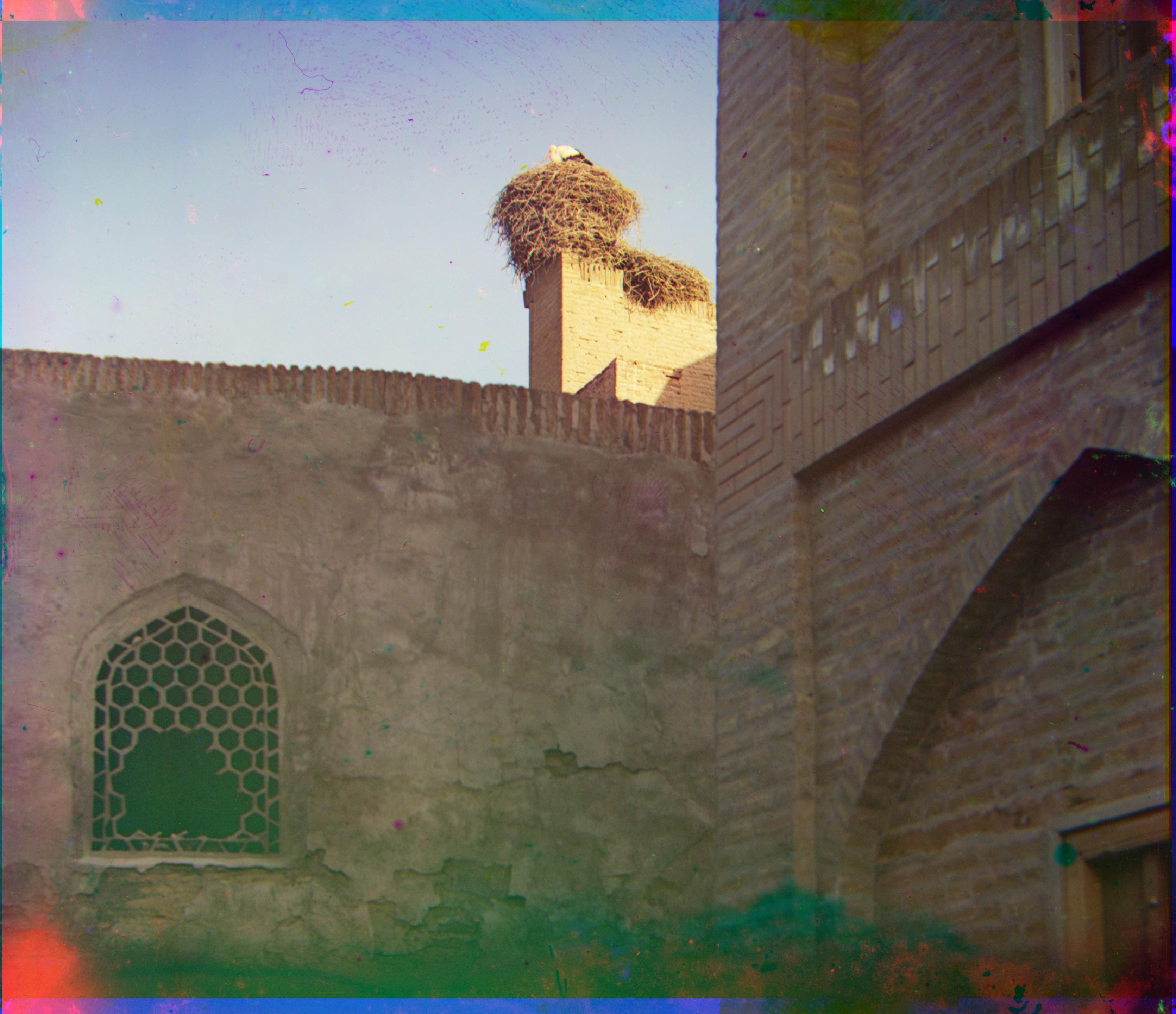 Displacement Vectors: Red = (7, 59) & Blue = (-11, -45)
Displacement Vectors: Red = (7, 59) & Blue = (-11, -45)